Many older Americans worry about whether they will have enough money to live on when they retire. A variety of factors can impact how much money a person will have to pay for housing, food, utilities, medical expenses and other costs of living in retirement. Gender is one of those factors. Here are some of the reasons why women have more financial insecurity than men as they age:

- Women often earn less than men during their employment years. As a result, women tend to go into retirement with fewer assets, less home equity, lower retirement account balances and a higher debt load than men.
- Because many women earn less than men, their Social Security retirement check will be smaller than the typical man’s, causing women to have less monthly income than men after they retire.
- Women tend to live longer than men, so they have to make their limited income and assets last longer than men usually do.
A Study in Numbers
The issue of gender pay and financial insecurity in retirement comes with some interesting statistics. Here are a few:
- More than half of American women age 60 or more worry about running out of money in retirement.
- The median annual household income for men age 60 or older is $55,000.
- The median household income for women age 60 or older is $39,600 per year.
- Older women of color have even more extreme financial insecurity.
- About 20 percent of women age 60 or more with African American, indigenous American, or native Alaskan heritage live below the poverty level, with a household income of $12,490 a year.
Thankfully, there are public benefits programs that can help aging Americans make ends meet.
Public Benefits Programs for Low-Income Older Americans
The National Council on Aging (NCOA) can guide seniors on how to get the food, housing, medical assistance, and other forms of help they need from public benefits programs. Many older Americans miss out on valuable benefits that could ease their financial struggles because they do not know about the programs or how to access the resources. The NCOA has offices in every state, with many local offices. Some of the public benefits for which many lower-income Americans could be eligible include:
- Getting food through Medicaid’s Supplemental Nutrition Assistance Program (SNAP)
- Help with paying Medicare premiums from the Medicare Savings Programs
- Assistance with getting prescription drugs at lower or no cost through the Medicare Part D Extra Help/Low Income Subsidy
- Help with paying heating and cooling bills from the Low-Income Home Energy Assistance Program.
Around 3 million older American women connected with benefits programs, after completing a screening through the NCOA. You might also qualify for assistance, if you or a spouse served in the military or worked for the federal government or a railroad.
References:
National Council on Aging. “The Pay Gap is an Aging Issue.” (accessed October 17, 2019) https://www.ncoa.org/blog/the-pay-gap-is-an-aging-issue/


